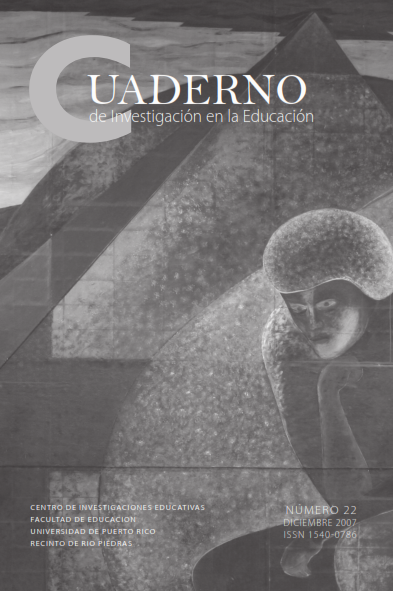Abstract
On average, the period when youth show attracction and start looking for couples begins at age 14-16. As these romantic relationships start earlier and increase in duration, the probability that adolescents will get into sexual relations is equally higher. Remez (2000) notes that in early adolescence, many young people engage in risky sexual practices in an attempt to avoid diseases and unwanted pregnancies. According to Aboyeji and others (2004), the high-risk practices, coupled with widespread ignorance about sexuality, the high incidence of coital relations (46.7%) at an early age (11 years), among others, demand a prompt and effective sexual education that involves awareness of the risks of early sexual initiation. This study pretends to get a glimpse on the levels of knowledge, practices, perceptions and feelings on certain categories of sexual behavior among several groups of teenagers, and measure the effects of these dimensions through the design of an educational workshop.
How to cite:
Rivera-Ramos, A. N. (2007). Conocimiento, percepciones y sentimientos de un grupo de adolescentes sobre comportamientos sexuales, embarazos y enfermedades de transmisión sexual (ETS). Cuaderno de Investigación en la Educación, 22, 55-65. Retrieved from https://revistas.upr.edu/index.php/educacion/article/view/13266
The contents published in the Puerto Rico Journal of Education is freely distributed under open access practices, in accordance with the Creative Commons license, Attribution-NonCommercial 4.0 International (CC BY-NC 4.0). Through these principles, the journal and its authors allow readers to access, reproduce and share articles in full text. Users should give credit to authors in a reasonable way without suggesting they have their support. Under no circumstances, readers may make use of the contents for commercial purposes. The authors retain copyright on their works.

